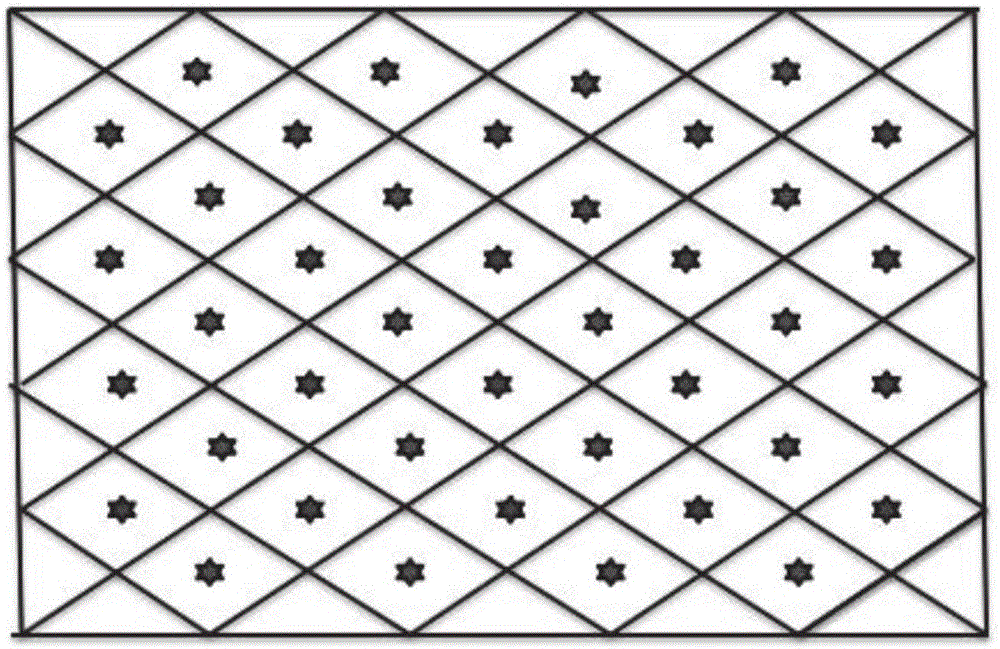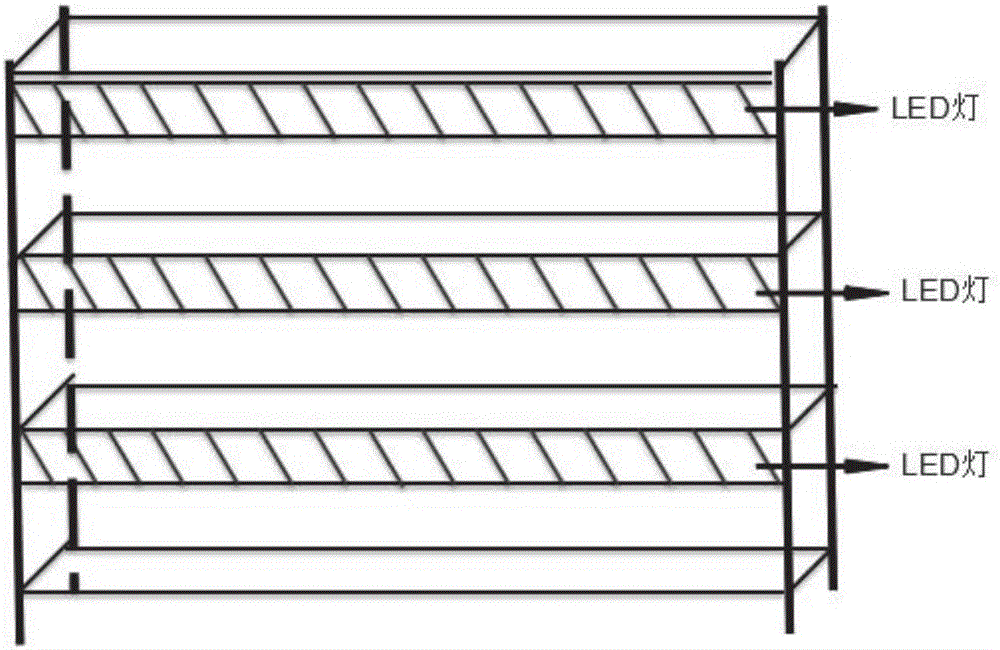Artificial cultivation method for indoor saffron crocus cultivation and flowering
A technology of artificial cultivation and saffron, applied in the directions of cultivation, plant cultivation, botanical equipment and methods, etc., can solve the problems of rot, bud wilting, yield and quality decline, etc.
- Summary
- Abstract
- Description
- Claims
- Application Information
AI Technical Summary
Problems solved by technology
Method used
Image
Examples
Embodiment 1
[0065] An artificial cultivation method for indoor cultivation and flowering of saffron adopts a fully enclosed artificial light plant factory to cultivate saffron. The process is mainly to set different light conditions, temperature, humidity, fertilization conditions and ventilation conditions according to different growth stages of saffron indoor cultivation. To control the growth and development of saffron.
[0066] Implementation materials: saffron bulbs, light-emitting diode lights (LED).
Embodiment approach
[0067] Implementation method: the embodiment of the present invention mainly describes 4 growth stages of Saffron indoor cultivation: full dormancy period, assimilated leaf differentiation period, flower bud differentiation period, and flowering period. The spectral characteristics of each growth stage are shown in Table 1.
[0068] 1. Full dormant period: a period of one month. The light intensity is 10-40μmol / m 2 / s is gradually strengthened, the temperature is set to about 28°C, and the humidity is 76%.
[0069] 2. Assimilation leaf differentiation period: The assimilation leaf differentiation period is 45 days. The final length of leaf growth is 35cm, and the width is 0.29cm; the light intensity is 36μmol / m 2 / s, the temperature is set to 25°C, and the humidity is 80%.
[0070] 3. Flower bud differentiation period: a period of 70 days; the light intensity is 38μmol / m 2 / s, the temperature is set to around 25°C, and the humidity is 75-85%.
[0071] 4. Flowering period...
Embodiment 2
[0081] Other conditions are completely consistent with Example 1; the difference is shown in Table 2; the light condition of Example 2 is defined as 2#, and the agronomic properties of the resulting product are shown in Table 6. The functional components of the product obtained in Example 2 are shown in Table 7.
[0082] Table 2 Spectral characteristics of light conditions in Example 2
[0083]
[0084] Position, FWHM unit (nm)
PUM
 Login to View More
Login to View More Abstract
Description
Claims
Application Information
 Login to View More
Login to View More - R&D
- Intellectual Property
- Life Sciences
- Materials
- Tech Scout
- Unparalleled Data Quality
- Higher Quality Content
- 60% Fewer Hallucinations
Browse by: Latest US Patents, China's latest patents, Technical Efficacy Thesaurus, Application Domain, Technology Topic, Popular Technical Reports.
© 2025 PatSnap. All rights reserved.Legal|Privacy policy|Modern Slavery Act Transparency Statement|Sitemap|About US| Contact US: help@patsnap.com



